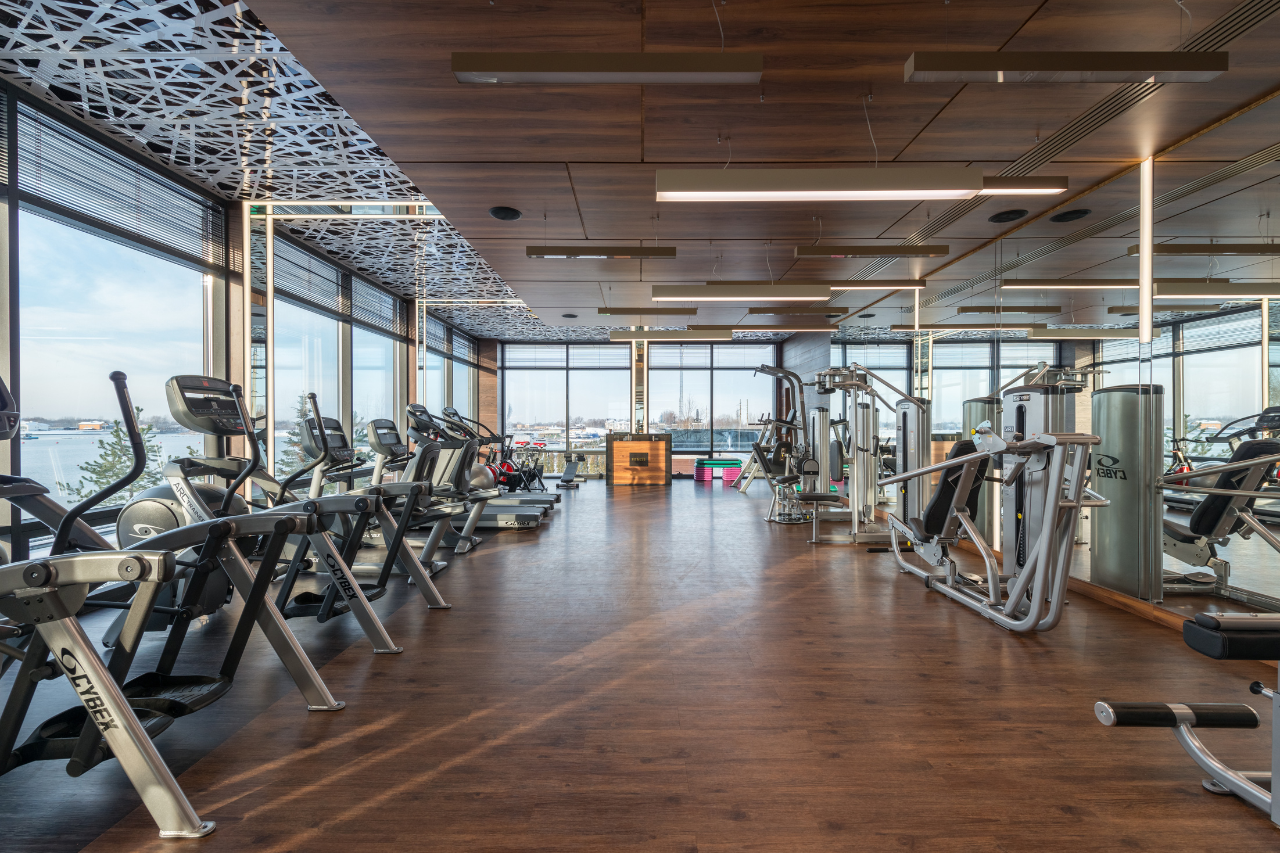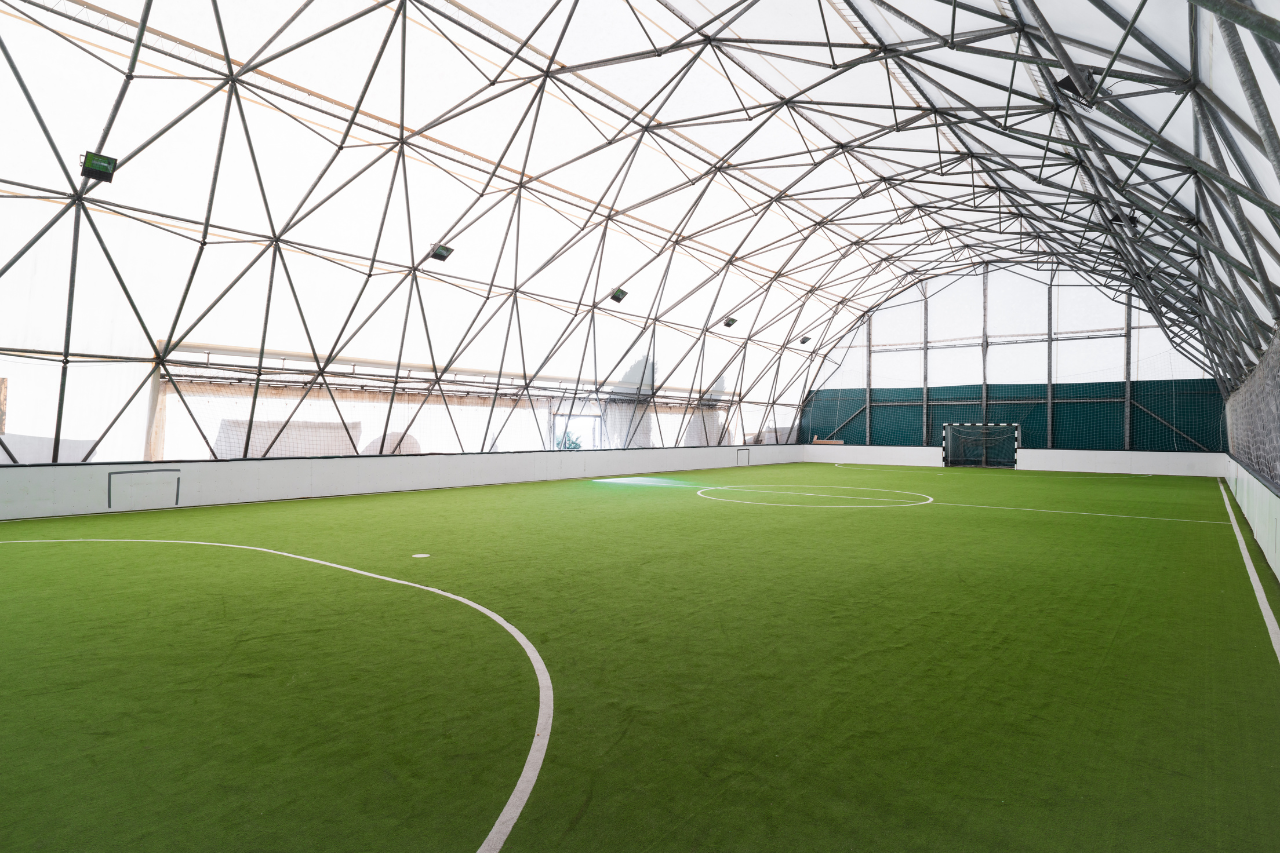In the competitive world of fitness businesses, member retention is a crucial metric for success. It’s not just about attracting new members; it’s also about keeping them engaged and motivated on their fitness journey. This is where fitness incentives come into play.
Fitness incentives are rewards or benefits that fitness businesses offer to their members to enhance their member experience, encourage them to stay committed to their fitness goals, and foster a sense of community within the gym.
In this blog post, we’ll explore the power of fitness incentives. We’ll provide you with 10 creative ideas to effectively boost member retention in your fitness business.
What are Fitness Incentives?
Fitness incentives encompass a variety of rewards and benefits that fitness businesses offer to their members. These incentives go beyond the traditional offerings of personal training and program participation.
They are specifically designed to enhance the member experience and create a supportive environment that motivates individuals to achieve their fitness goals. By offering rewards and benefits, fitness businesses can show their commitment to their members’ well-being and success.
Why Offer Fitness Incentives?
Fitness businesses offer incentives for several compelling reasons. First and foremost, fitness incentives provide an added layer of motivation for members to stick with their workout routines and maintain a healthy lifestyle. When members see tangible rewards within reach, they are more likely to stay engaged and committed over the long term.
Keeping members engaged and motivated in the dynamic landscape of fitness is an ever-evolving challenge for businesses. Beyond the initial excitement of joining a gym, the key to success lies in fostering a genuine sense of community and dedication among members. This is where the power of fitness incentives comes into play.
Let’s explore these innovative ideas and discover how they can revolutionize the way your fitness business enhances member retention.
10 Fitness Incentive Ideas to Try
In this section, we’re diving into a treasure trove of ingenious ideas designed to transform your gym member retention strategy.
From loyalty programs that reward persistence to creative workout challenge ideas, these incentives will not only elevate member engagement but also cultivate an atmosphere of shared achievement.
These 10 fitness incentive concepts go beyond the conventional, offering creative approaches that inspire individuals to embrace their fitness journey with enthusiasm and commitment.
Member Loyalty & Rewards Program
A gym member loyalty program is a fantastic way to acknowledge and reward members for their dedication. Consider offering points for each workout session or milestone achieved, which can be redeemed for exclusive perks, personal training sessions, or even discounts on healthy foods.
Referral Programs
Harness the power of word-of-mouth by implementing a referral program. Encourage your current members to bring in friends and family members, and reward both the referrer and the new member with benefits like free months of membership or personal training sessions.
Friendly Games & Competition
Organize friendly fitness challenges or competitions within your gym. Whether it’s a step challenge, a weightlifting contest, or a team-based event, these activities foster a sense of camaraderie while motivating members to strive for their best.
Exclusive Events
Host exclusive member-only events, such as workshops, seminars, or group workouts led by renowned trainers. These events not only offer valuable fitness knowledge but also make members feel like they are part of an exclusive community.
Gym Member Recognition
Acknowledge members who achieve significant fitness milestones or consistently attend classes. Display their achievements on a dedicated wall or on your website to showcase their dedication and inspire others.
Partnerships
Collaborate with local businesses to offer discounts or special deals to your members. This could include partnerships with healthy restaurants, wellness centers, or fitness apparel stores, enhancing your members’ overall wellness experience.
Fitness Challenges
Design fitness challenges that align with your members’ goals. Whether it’s a weight loss challenge, a strength-building challenge, or a yoga challenge, these programs add a layer of excitement to their fitness journey. If you’re looking for some
Early Renewal Incentives
Encourage members to renew their memberships ahead of time by offering attractive discounts or bonus perks. This not only boosts member retention but also ensures a steady revenue stream for your business.
Giveaways and Contests
Hold periodic giveaways or contests for your members, featuring fitness-related prizes like workout gear, wearable trackers, or even free personal training sessions. These events create a buzz and excitement around the gym.
Fundraising and Charitable Causes
Organize fitness-related charity events, such as charity walks or runs, with a portion of the proceeds going to a cause that resonates with your members. These events allow members to contribute to a greater good while staying active.
Incorporating a combination of these fitness incentive ideas into your gym’s offerings can transform the way members perceive their fitness journey. The sense of achievement, camaraderie, and community these incentives foster will create a more enjoyable and rewarding member experience.
In the next section, we’ll explore how to choose the right types of incentives that align with your fitness business’s values and goals.
Of course, let’s continue with the next sections of your blog post:
Choosing the Right Types of Incentives for Your Fitness Business
As fitness businesses strive to create an immersive and rewarding experience for their members, the strategic selection of incentives becomes a pivotal factor in shaping member engagement and retention.
Tailoring incentives that resonate with your members’ aspirations and align with your business’s values can solidify the bond between your gym and its community. By considering factors such as member goals, brand identity, diversity of offerings, and regular refreshing of incentives, you can craft a comprehensive strategy that not only boosts motivation but also reinforces a sense of belonging.
Let’s explore the intricacies of curating incentives that resonate deeply with your members and lay the foundation for sustained engagement and growth. Selecting the most suitable fitness incentives for your gym is a crucial step in boosting member retention.
Consider the following factors when making your decisions:
Align with Member Goals
Ensure that the incentives you offer align with the fitness goals and aspirations of your members. Whether they’re striving for weight loss, muscle gain, or overall well-being, tailor your rewards to motivate and support their individual journeys.
Reflect Your Brand
Choose incentives that resonate with your fitness business’s identity and values. If you prioritize health and well-being, opt for incentives that promote a healthy lifestyle, such as nutritious snacks or wellness workshops.
Create a Diverse Mix
Offer a diverse range of incentives to cater to different preferences and motivations. While some members may be enticed by discounts on services, others might be drawn to exclusive events or recognition for their achievements.
Regularly Refresh Incentives
Keep member engagement high by periodically refreshing your incentive offerings. This prevents monotony and encourages long-term members to continue challenging themselves.
Seek Member Feedback
Engage with your members to understand their preferences and gather feedback on the incentives you offer. This not only strengthens member-business relationships but also ensures that your incentives remain relevant.
Conclusion
Fitness incentives have the potential to revolutionize the member experience within your fitness business. By offering rewards that align with member goals and values, you’re not only motivating them to stay committed but also fostering a sense of community and belonging. Whether through referral programs, exclusive events, or friendly competitions, these incentives create an environment where members feel valued and supported on their fitness journey.
So, embrace the power of fitness incentives and watch your member retention rates soar as your members work toward a healthier, happier future.
Try EZFacility For Free
Are you ready to supercharge your member retention strategies? Take the first step towards success–try EZFacility for free.
Experience the difference with EZFacility–the all-in-one solution designed to streamline operations, enhance member engagement, and boost retention rates. With our user-friendly platform, you can focus more on what truly matters: fostering meaningful connections, helping members reach their goals, and building a gym culture that stands out.
If you’re hungry for even more insights on optimizing gym membership retention, dive into our comprehensive guide that offers valuable strategies and tips. Your success story begins here with EZFacility.









